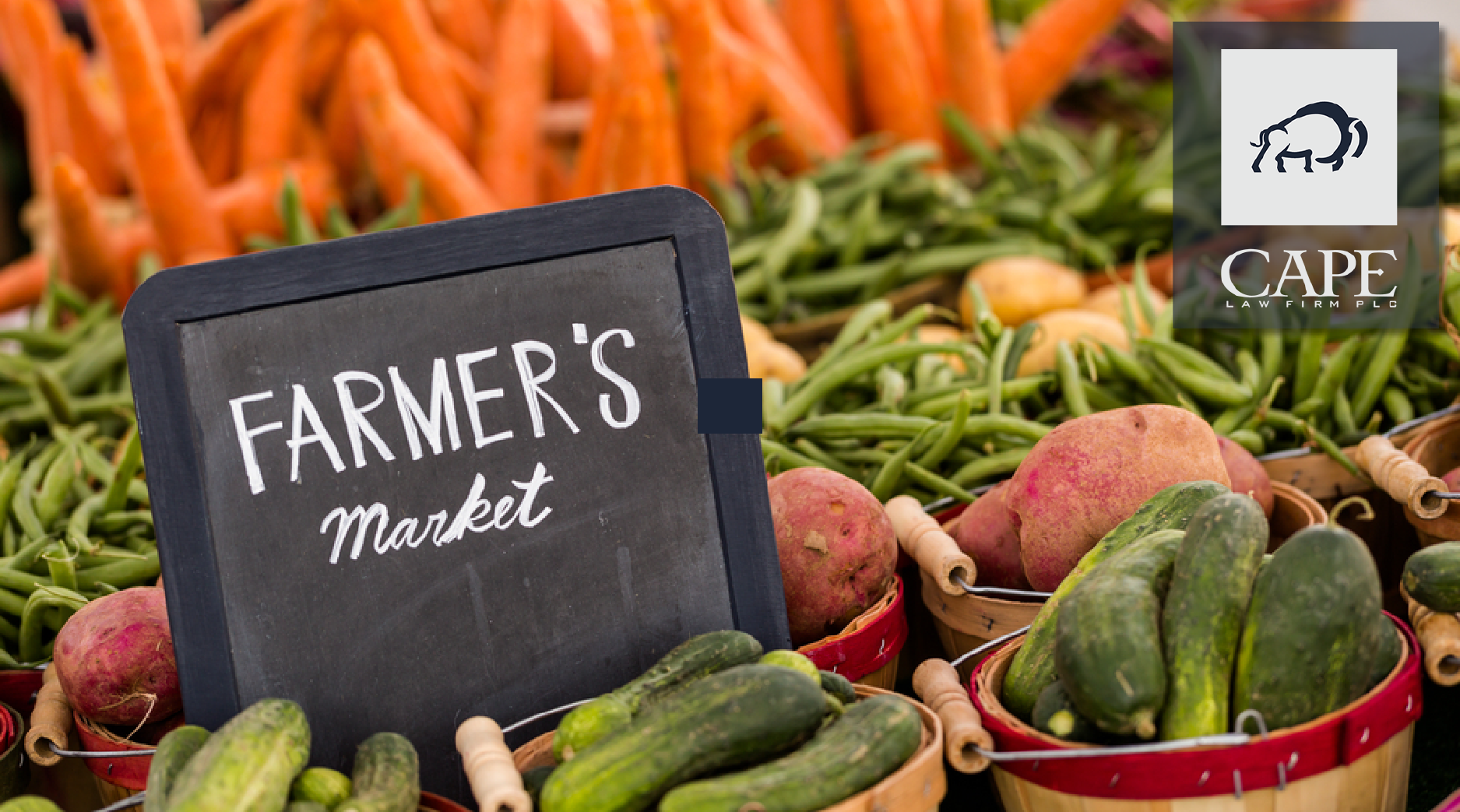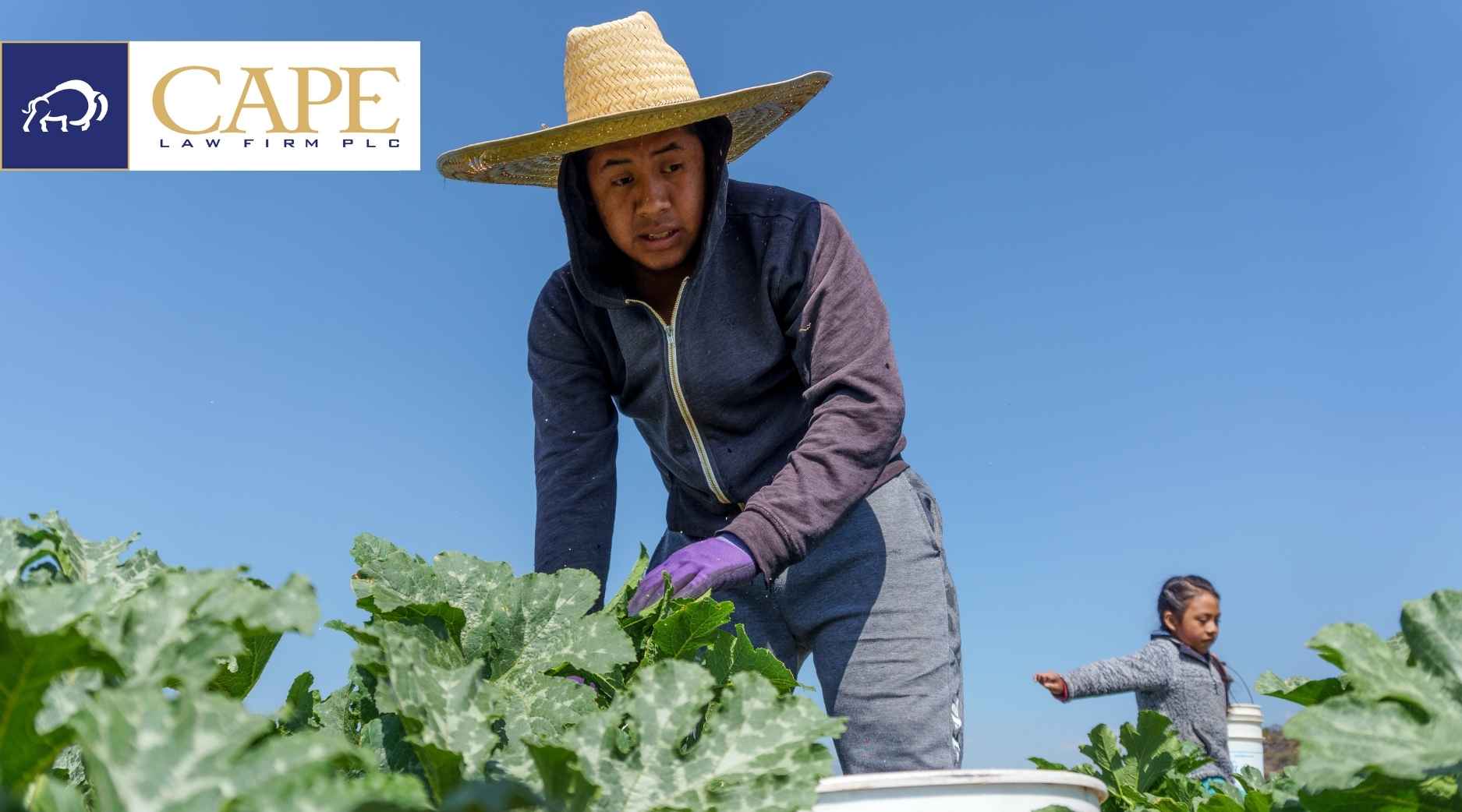Grain Trade May be Global, But Farming Is Local
Accommodations implemented in Europe to maintain the flow of Ukrainian grain after the Russian invasion may be coming to an end. Poland and Hungary recently announced plans to ban imports of Ukrainian grain in response to surplus inventories and falling grain prices in those countries, both of whom are European Union members. When Russia invaded Ukraine it blocked ports in the Black Sea making it dangerous for grain shipments out of Ukraine. In response, the European Union lifted tariffs and quotas on Ukrainian grain with the intention that it travel overland routes to other destinations and ports where the grain could then be shipped to markets in Africa, the Middle East, and other areas. But instead of moving towards the intended markets, the Ukrainian grain is remaining in border countries, resulting in excess supplies and falling prices. Farmers in the border countries have grown angry, prompting the countries’ political parties to implement bans on grain imports in order to protect their domestic producers. Romania and Slovakia have voiced their intentions to join the grain import ban.
Opening foreign markets while protecting domestic producers has long been a conundrum in ag policy. Producers in many countries want to sell commodities into foreign markets, but have a hard time reciprocating when it impacts the domestic market. You can read more from the Wall Street Journal here.
Dicamba Registration in the Crosshairs
Food and farm interest groups recently filed a summary judgment motion in a federal lawsuit over the EPA’s registrations for over-the-top use of dicamba asking the court to vacate those registrations. The case was filed in 2020 by the Center for Biological Diversity, National Family Farm Coalition, Center for Food Safety, and Pesticide Action Network North America against the EPA shortly after the agency re-registered Xtendimax and Engenia following the decision of the Ninth Circuit Court of Appeals to vacate those registrations. The Groups’ motion asks the court to issue a ruling based on the undisputed facts and evidence in the record, and references the EPA’s December 2021 dicamba incident report. The motion lists a host of regulatory errors and FIFRA violations committed by EPA, including failing to address the violations found by the Ninth Circuit, violations of the Endangered Species Act, noncompliance with FIFRA’s standards for unconditional registration, failing to comply with notice-and-comment rulemaking requirements, and failing to consider a variety of risks, such as exceedingly complex labels, economic costs of drift, and “wide area effects” of dicamba applications. You can read more from DTN Progressive Farmer here.
Bootheel Farmers Blamed for Off-Target Dicamba
Saved seed lawsuits are fairly routine, but a handful of Bayer’s new lawsuits against farmers in the Missouri Bootheel have added a new twist by blaming the farmers for the company’s troubles with off-target dicamba. Bayer’s Complaints allege:
Indeed. The Complaint also insinuates that “illegal applications of older formulations of dicamba” are to blame for having to revise the Xtendimax dicamba label every year since it has been released. Skeptics believe these lawsuits are an effort to relitigate responsibility for dicamba volatility and drift.
One interesting claim alleged in the lawsuit is for infringement of U.S. Patent 7,838,729 for “Application of Unapproved Dicamba and/or Application of Dicamba After the ‘Cut-Off’ Date.” This claim alleges that claim 23 of the ‘729 Patent is infringed by applying “unapproved and unlabeled dicamba herbicides” and by applying dicamba after the June 30, 2022 cutoff. However, claim 23 of the ‘729 patent never mentions unapproved or unlabeled dicamba (or a cutoff date) – it simply specifies a method to control weeds by applying dicamba:
Presumably, Bayer has thousands of potential lawsuits to file all across the soybean and cotton belts – all they have to do is call the various State Ag Departments that have been investigating dicamba complaints for a list of these patent infringers.





